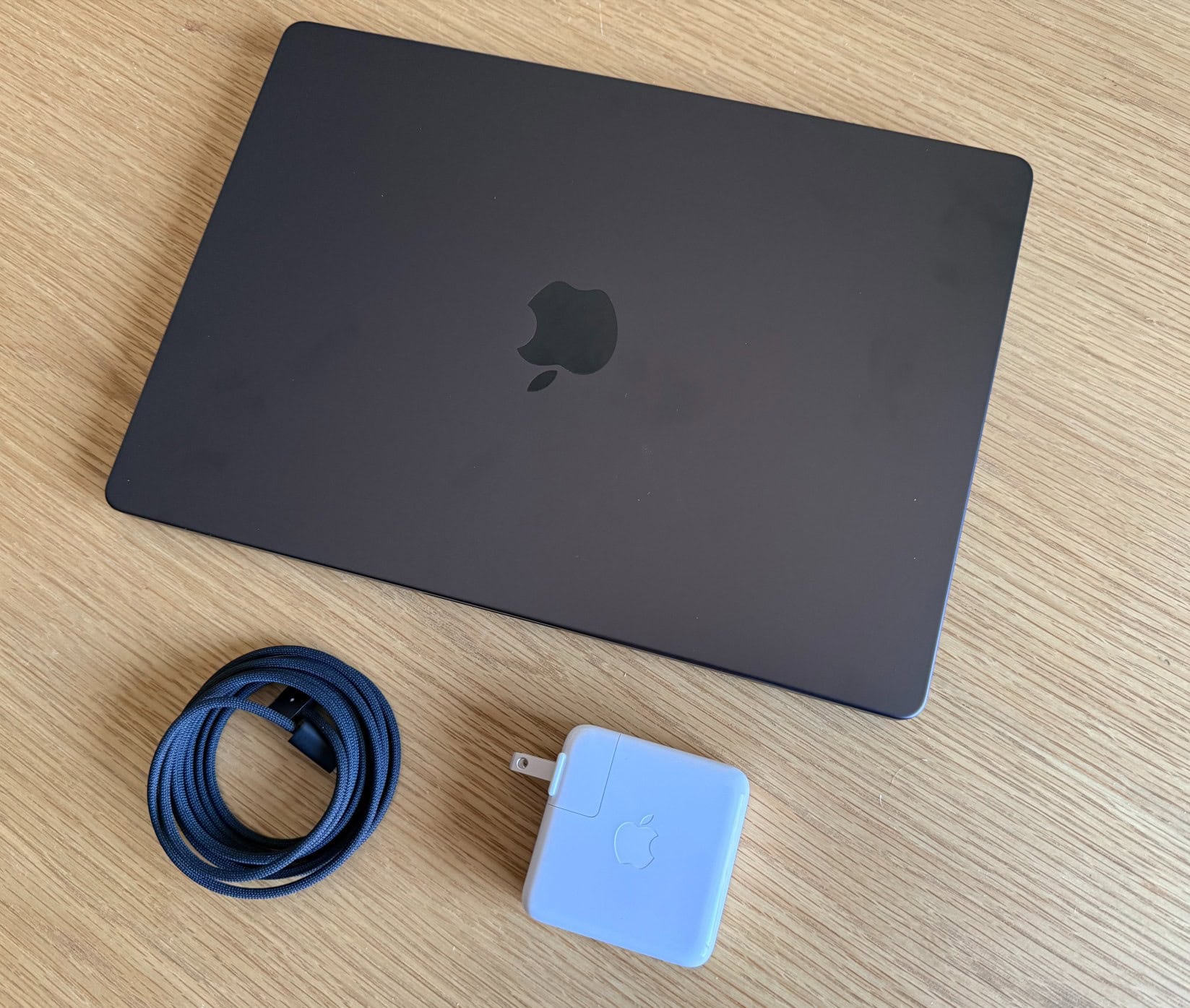

**The Transformation of the Mac Pro: A Change in Apple’s High-End Desktop Vision**
During the Intel era, the Mac Pro was the machine many coveted, even if our reasons for purchasing one were tenuous. It was unquestionably the most robust Mac and the easiest to upgrade – not to mention one of the most aesthetically pleasing devices the company ever produced.
The 2023 Mac Pro was even more stunning than its predecessor, but with Apple’s new Silicon architecture, the signs of change were evident.
### Apple Silicon Altered Everything
The key to the strength and upgradability of the Mac Pro was the option to install CPUs and GPUs of your choosing, along with extra RAM and hard drives or SSDs. However, the transition to Apple Silicon centralized everything onto a single board. This change rendered the machines significantly less upgradeable than in the past, prompting inquiries about the necessity of the Mac Pro. While Apple initially offered it with a more powerful chip, that chip could have been incorporated into any other Mac.
Concerns regarding the need for the Mac Pro were further reinforced by the introduction of the Mac Studio in 2022. An M2 Ultra upgrade a year later led to the two devices providing similar performance levels. The situation deteriorated for the Mac Pro when the Mac Studio acquired an M3 Ultra chip, making it more powerful than the existing Mac Pro while also being considerably less expensive.
The sole benefit of the larger and pricier Mac Pro is the presence of PCIe expansion slots and extra ports. However, since PCIe slots no longer support more powerful graphics cards, they serve a very specific purpose these days. In most instances, a Thunderbolt connection to an external accessory is adequate.
### Apple Has ‘Deprioritized’ the Mac Pro
Bloomberg’s Mark Gurman disclosed that Apple has “largely deprioritized the Mac Pro.” Apple is no longer developing an M4 Ultra chip, and the Mac Pro intended to feature that chip has also been scrapped. The upcoming high-end Apple Silicon chip will be the M5 Ultra, which is currently only intended for the Mac Studio.
Internally, the belief is that the Mac Studio now embodies both the present and future of Apple’s high-performance desktop strategy. While it is disheartening to see the potential discontinuation of the Mac Pro, this choice is logical considering that its primary justification—expandability—no longer holds true. Apart from a small segment of users who require internal storage options, the distinctions between the Mac Pro and the Mac Studio are minimal.
### macOS Tahoe 26.2 Offers Another Justification
A new functionality in macOS Tahoe 26.2 further emphasizes the Mac Pro’s obsolescence. This update enables users to form clusters of Mac Studios, facilitating powerful AI supercomputing abilities. The new low-latency feature allows multiple Macs to connect via Thunderbolt 5, simplifying the process for developers and researchers to conduct large-scale local models.
With macOS Tahoe 26.2, Apple introduces full-speed Thunderbolt 5 connectivity of up to 80Gb/s. This clustering capability extends beyond the Mac Studio; it is also compatible with the M4 Pro Mac mini and M4 Pro/Max MacBook Pro. Developers can create clusters without specialized hardware, utilizing standard Thunderbolt 5 cables and compatible Macs.
In addition, macOS Tahoe 26.2 will provide Apple’s open-source MLX project with full access to the neural accelerators on the M5 chip, greatly enhancing AI inferencing speed.
### Conclusion
The transformation of the Mac Pro signifies a notable shift in Apple’s perspective on professional desktops. As the Mac Studio gains prominence, the Mac Pro’s significance wanes, underscoring the evolving landscape of computing demands and capabilities. With powerful new features in macOS and the integration of Apple Silicon, the future of Apple’s professional computing strategy seems to focus on the Mac Studio, relegating the Mac Pro to a relic of a past era.